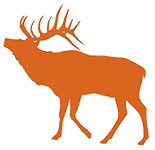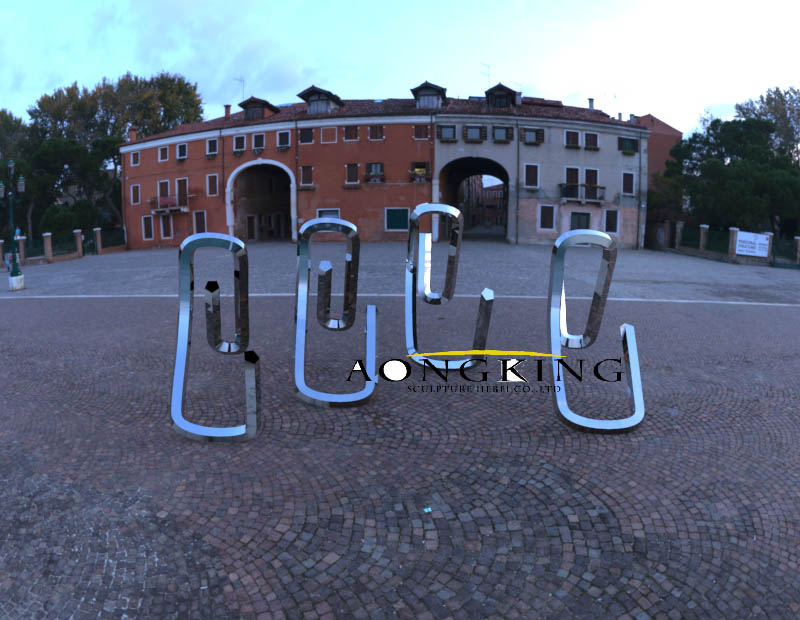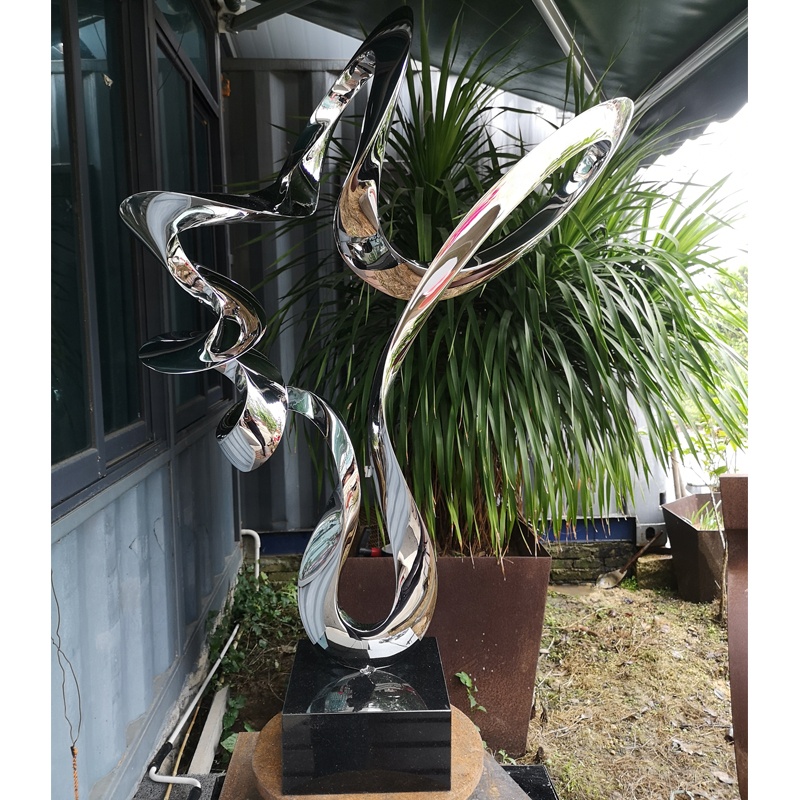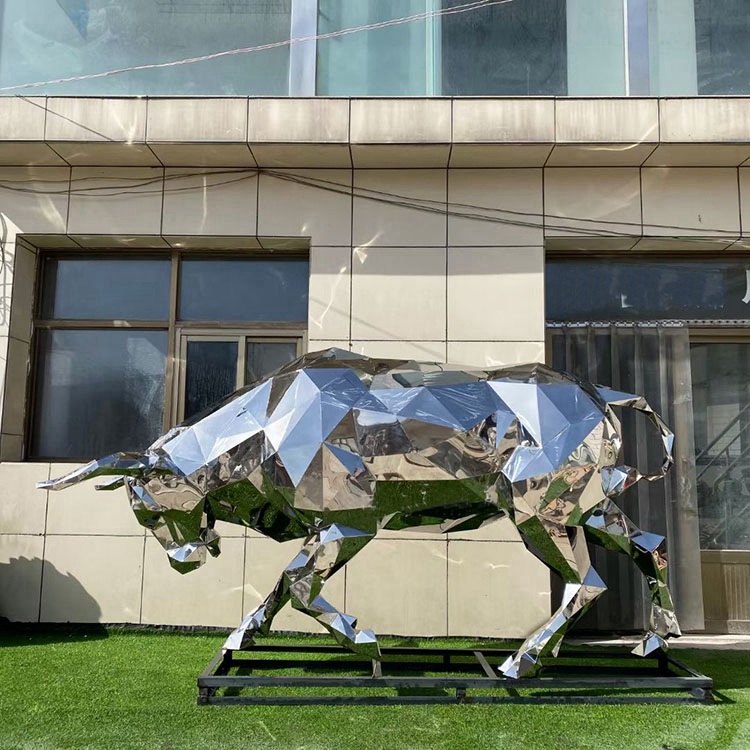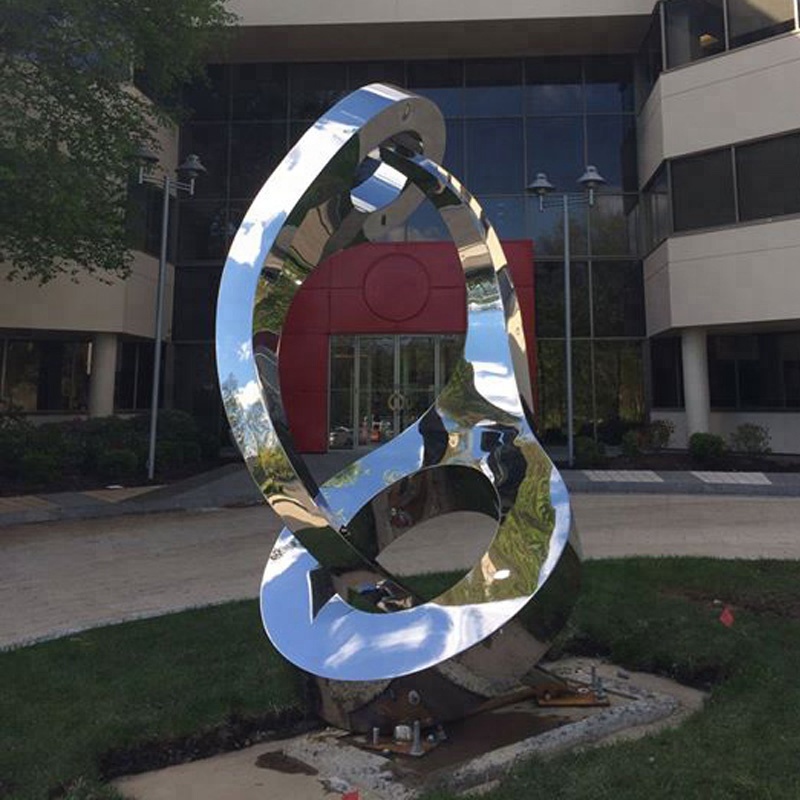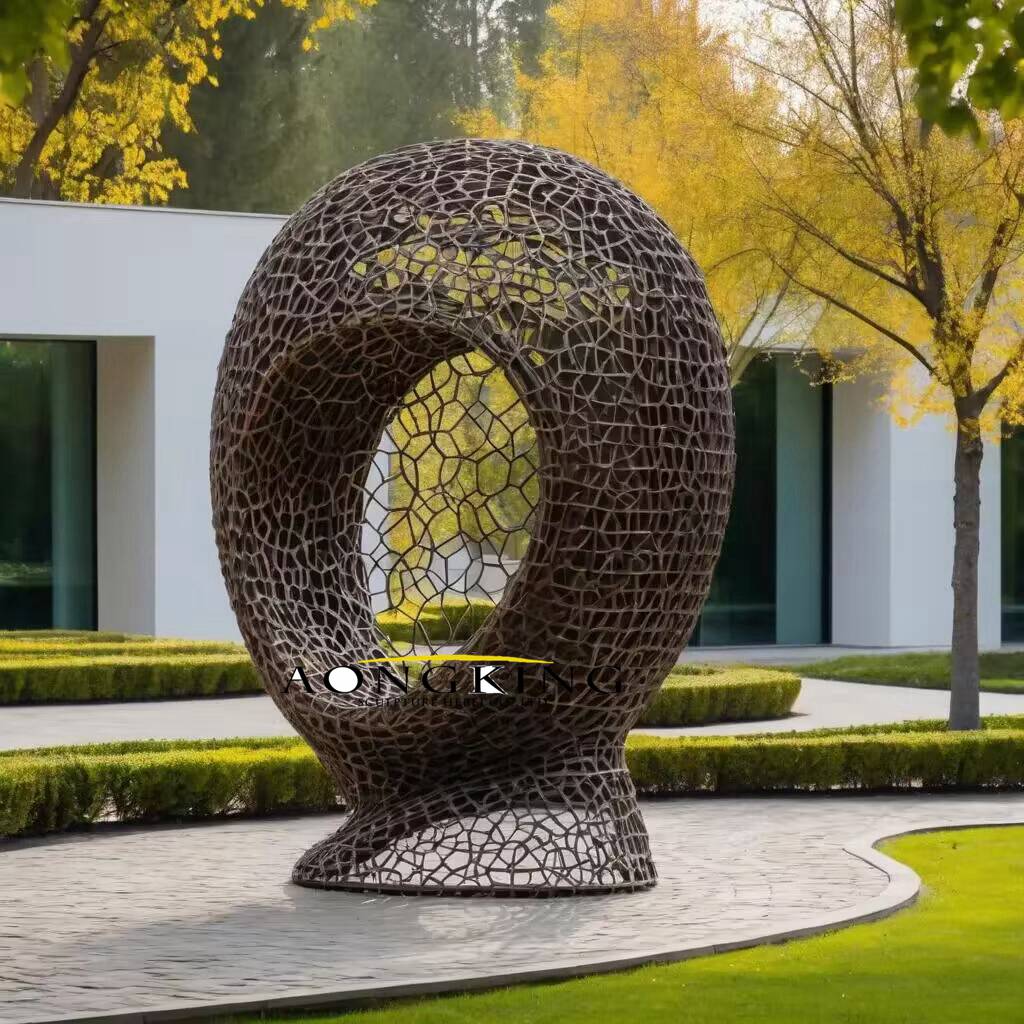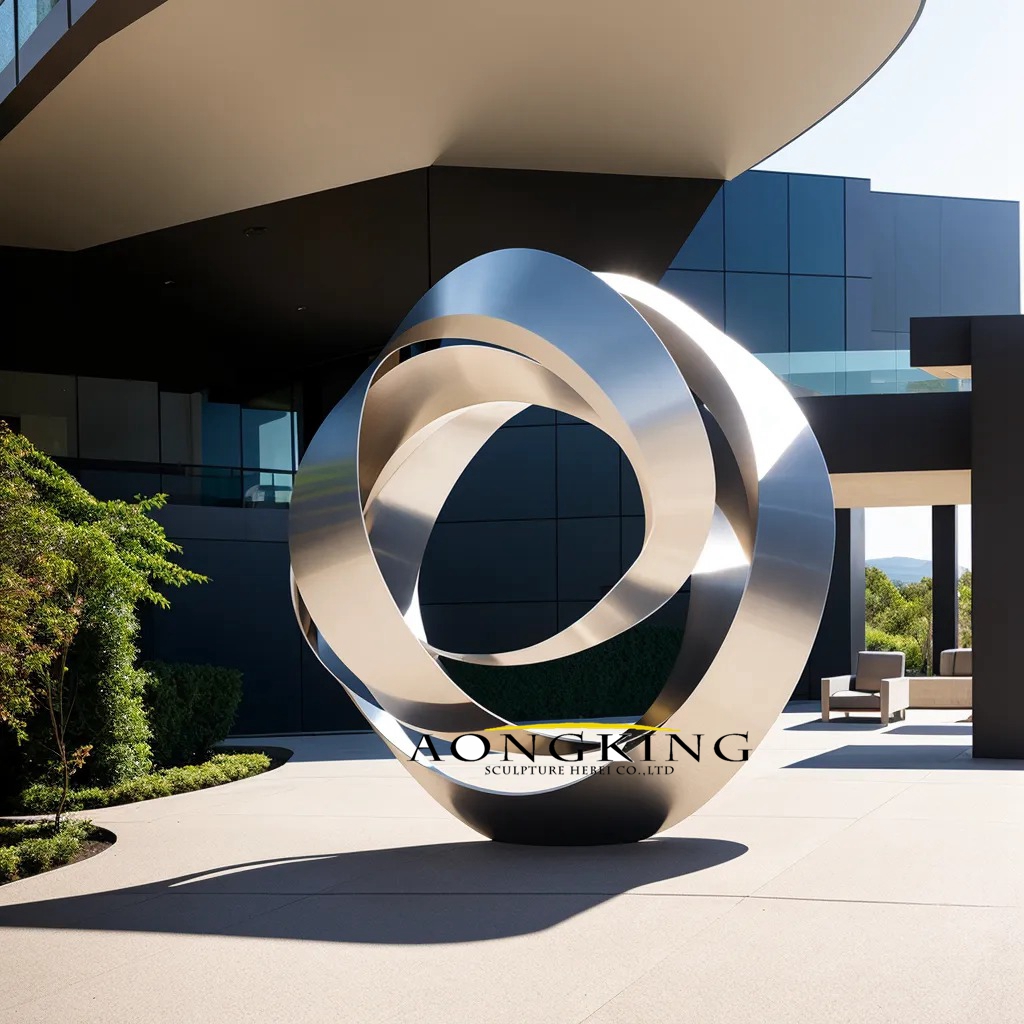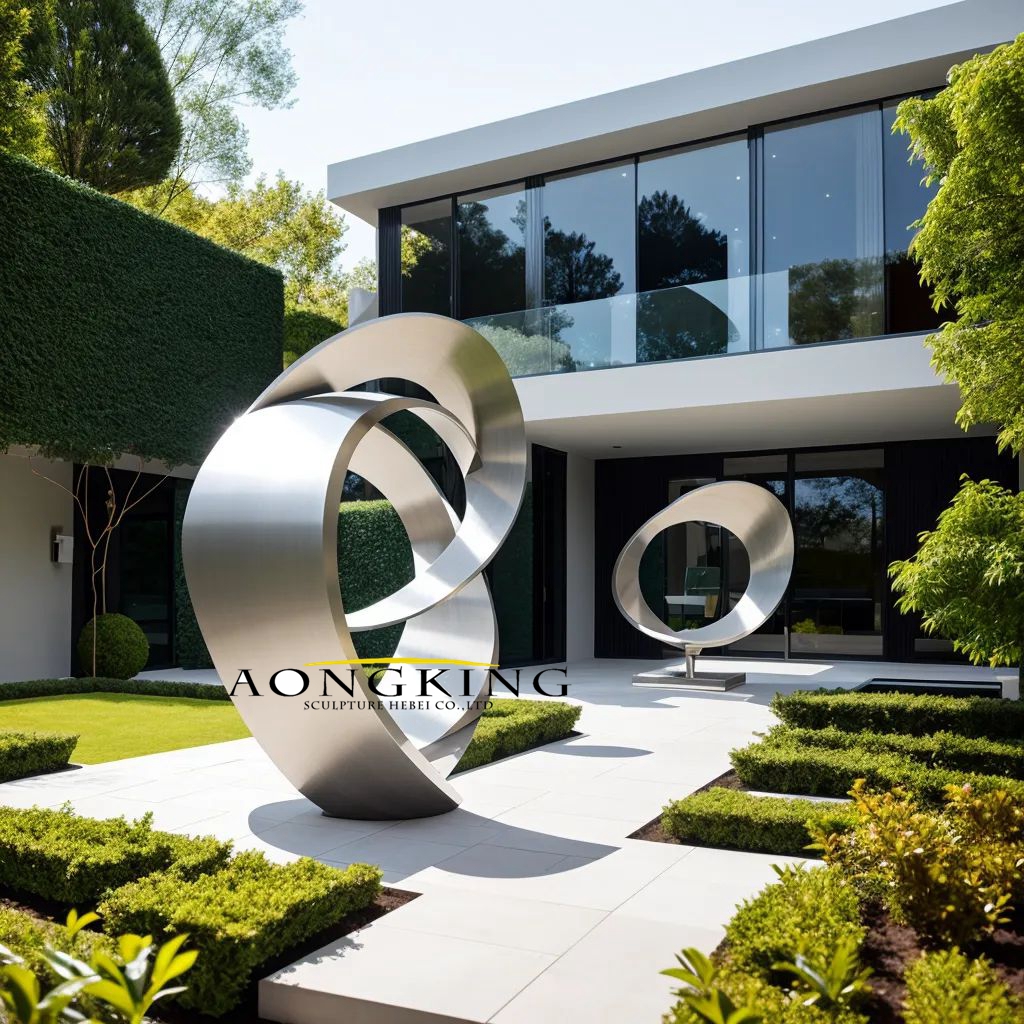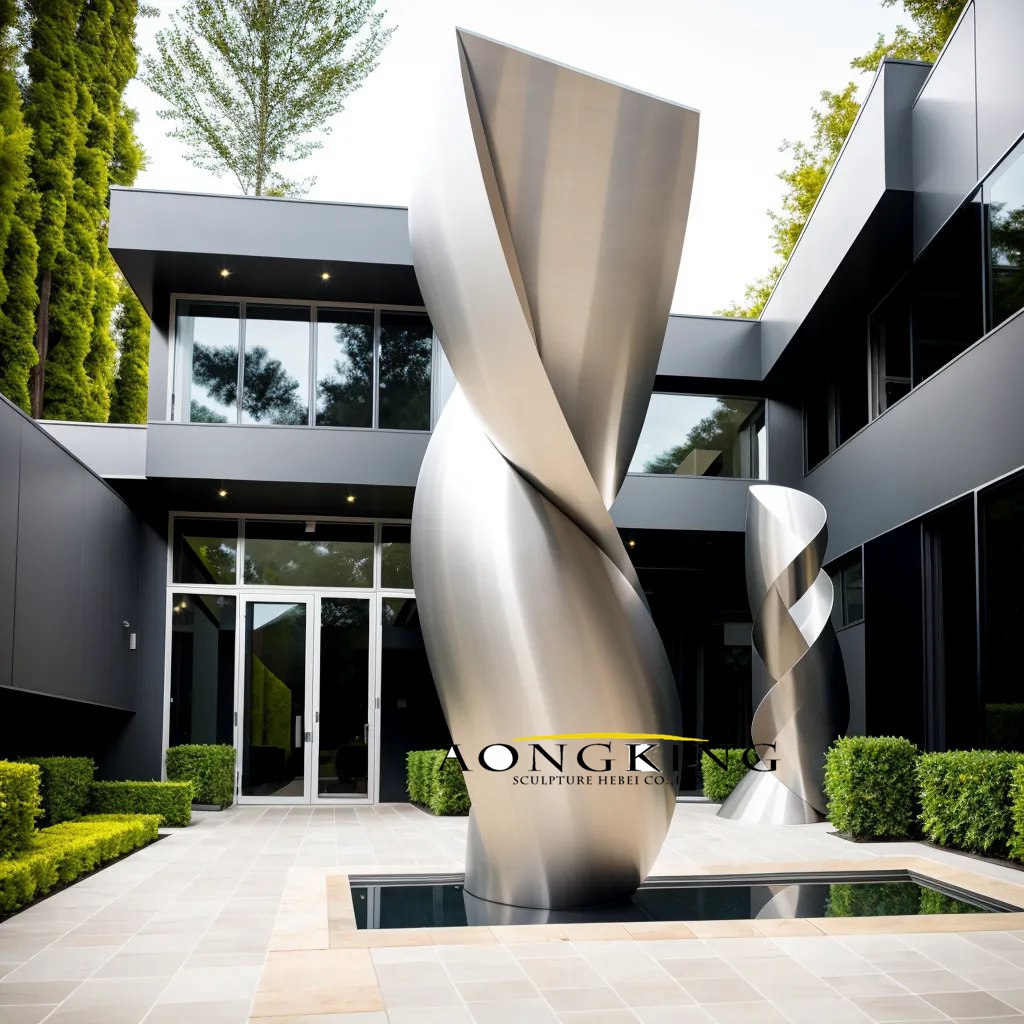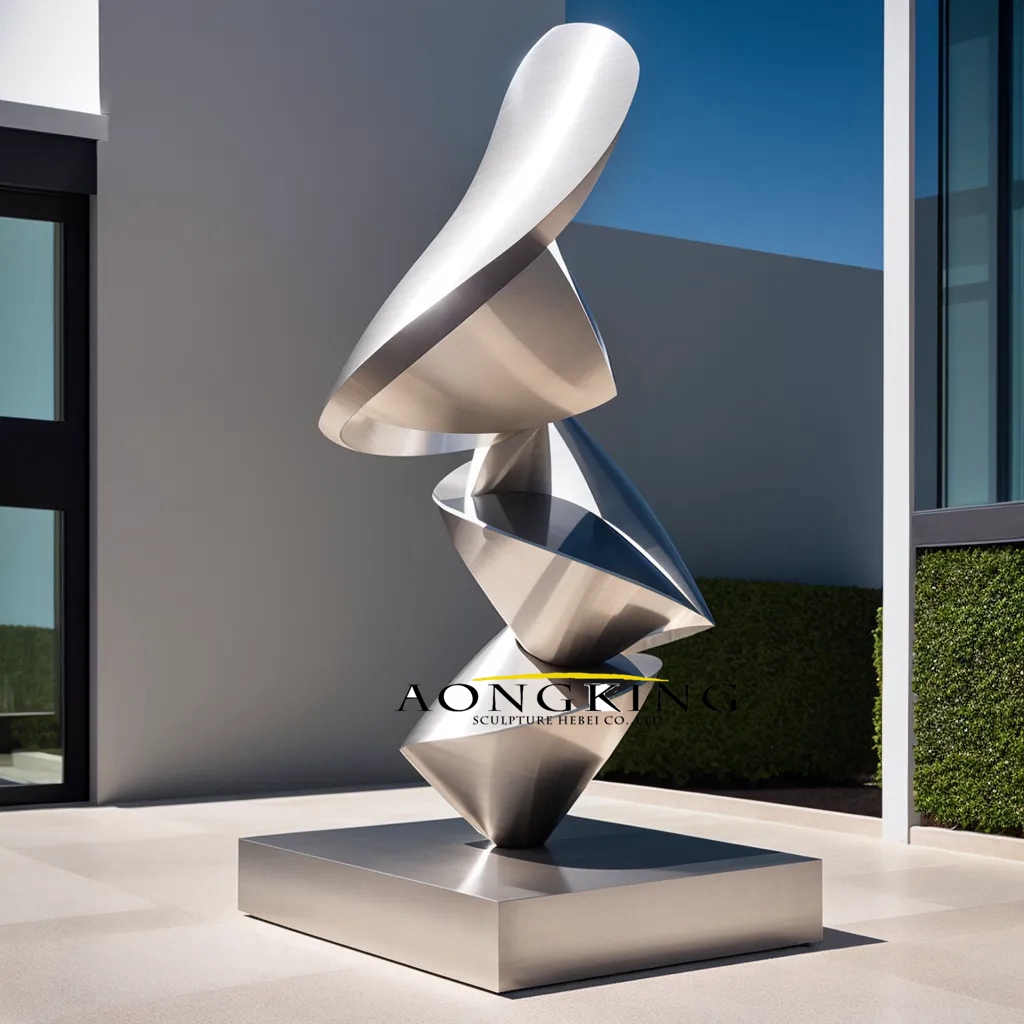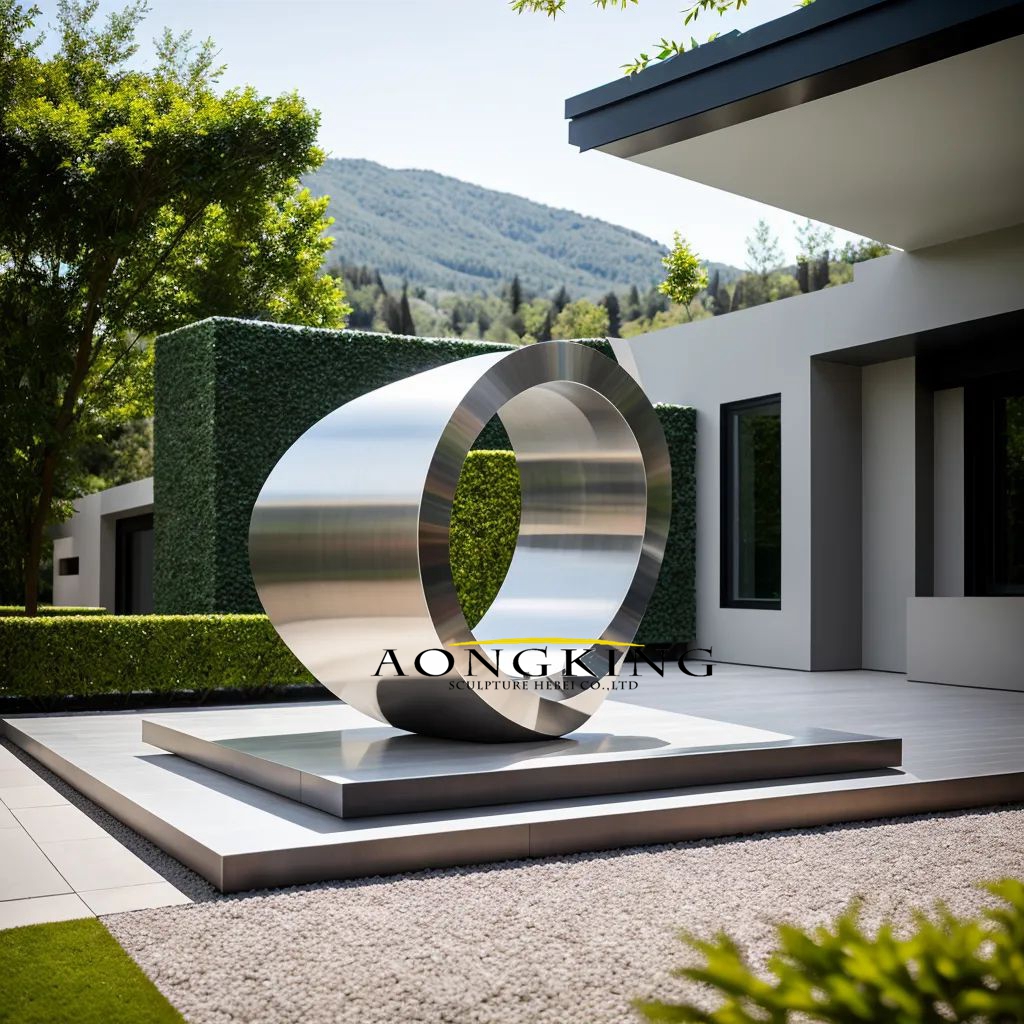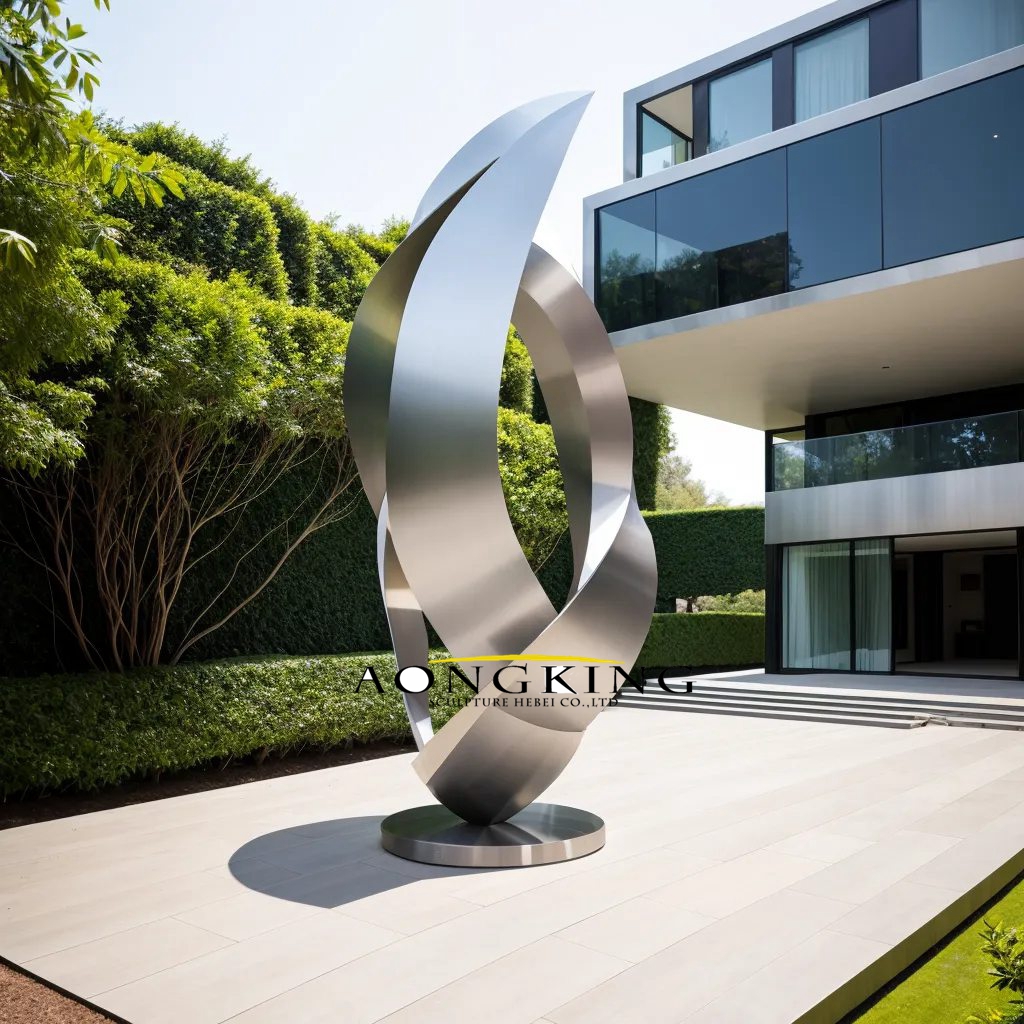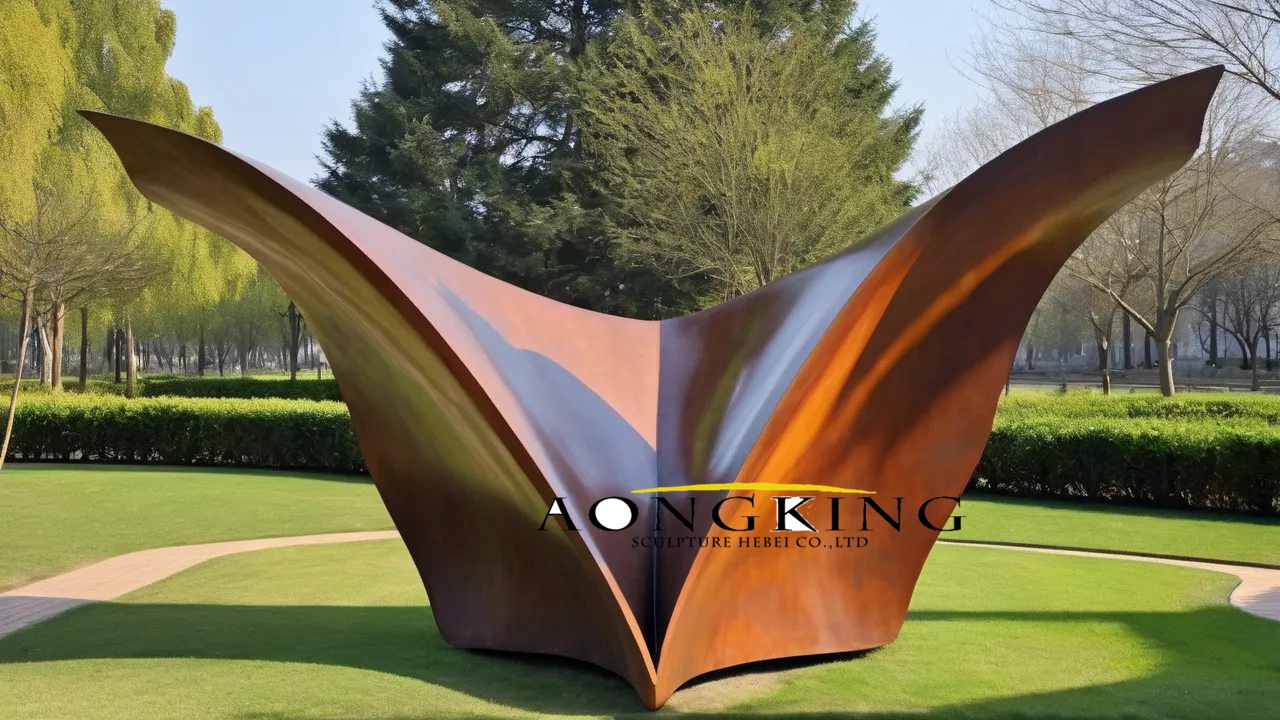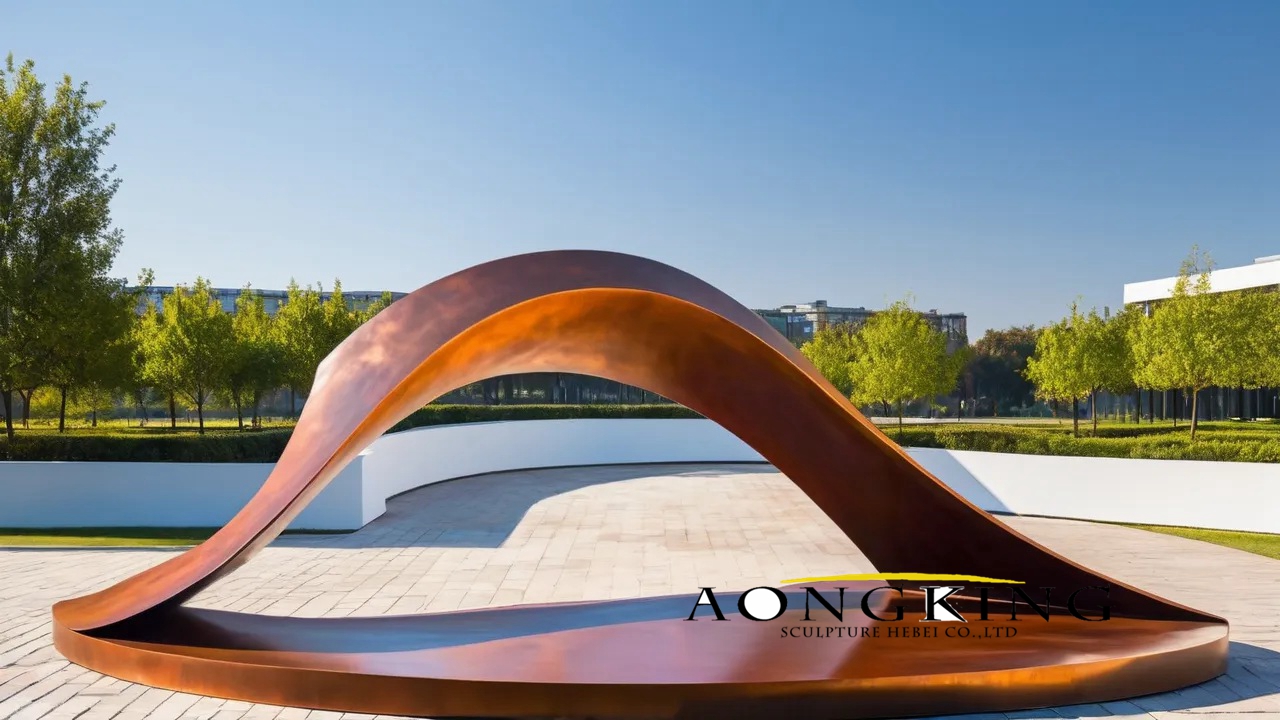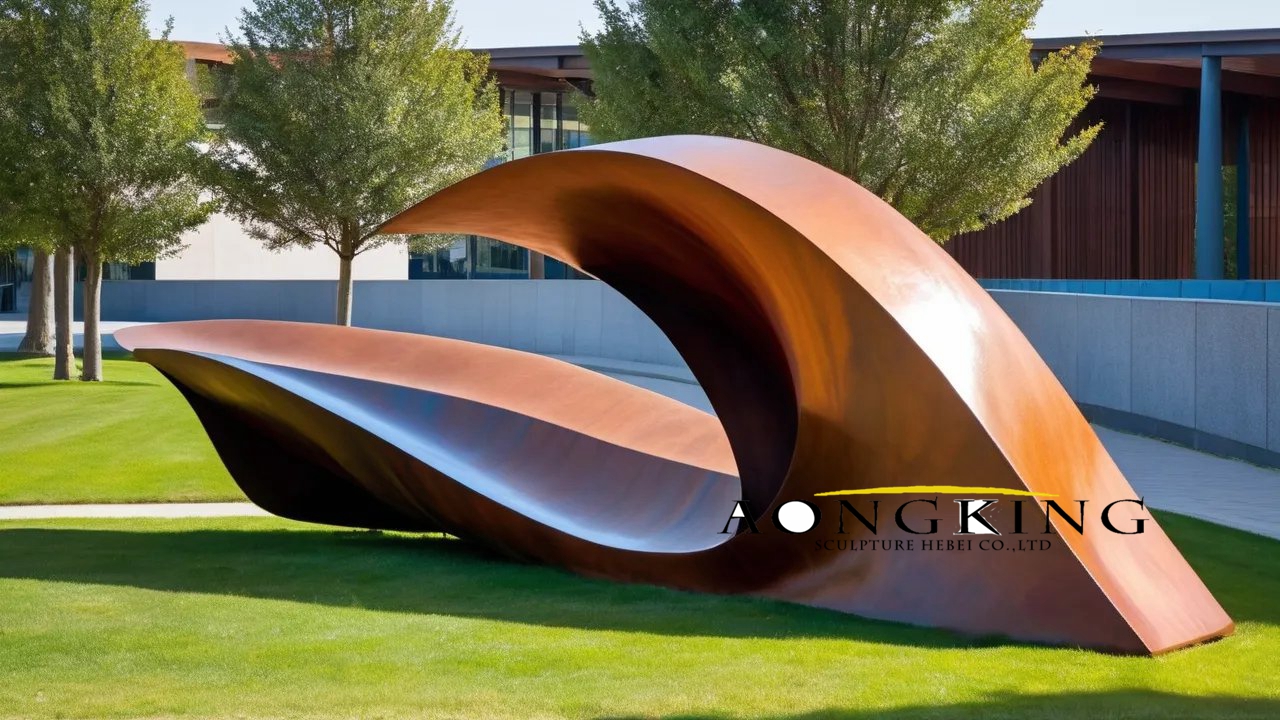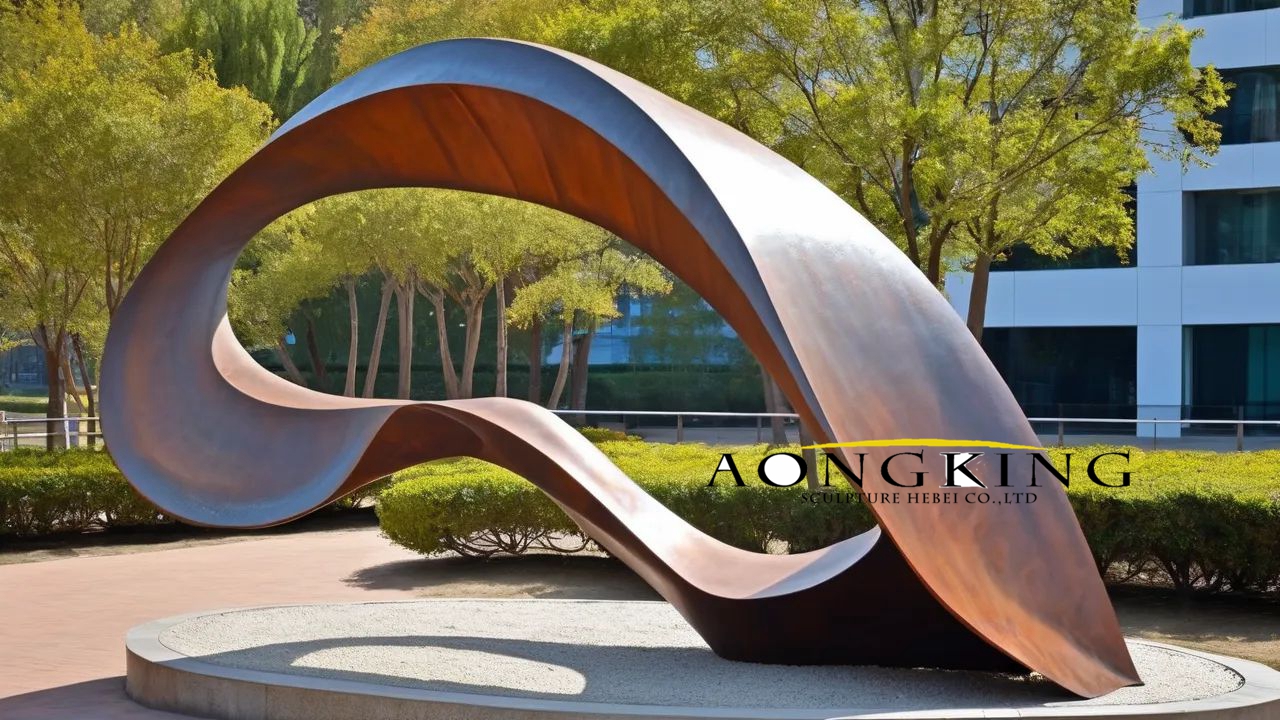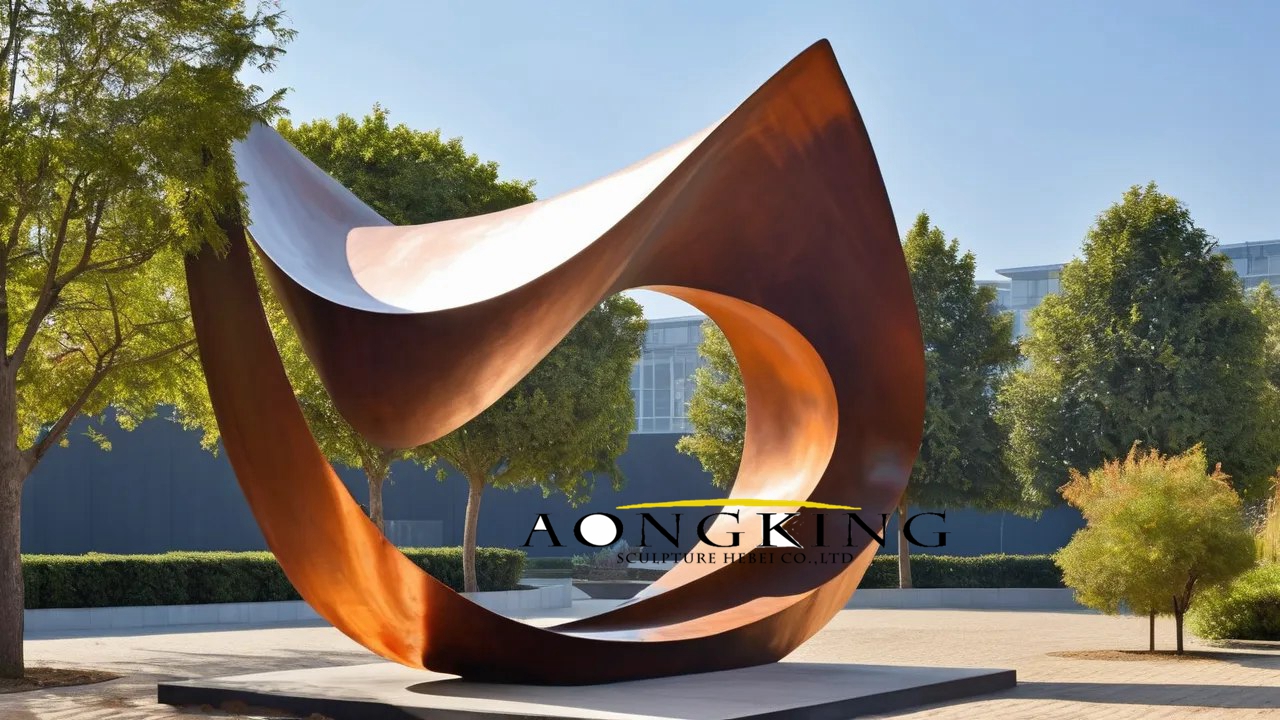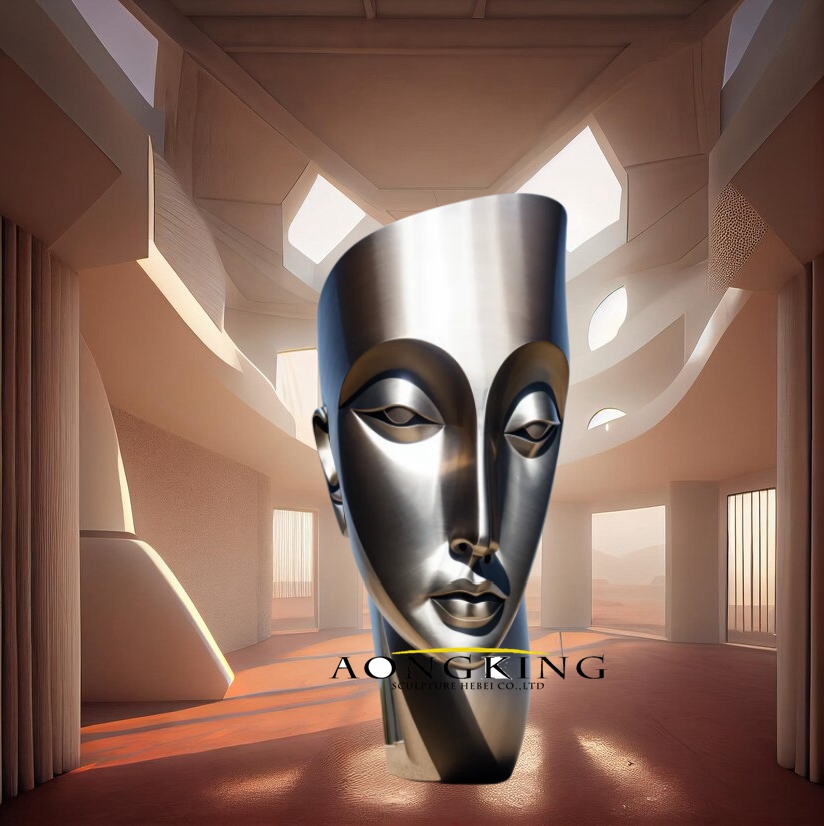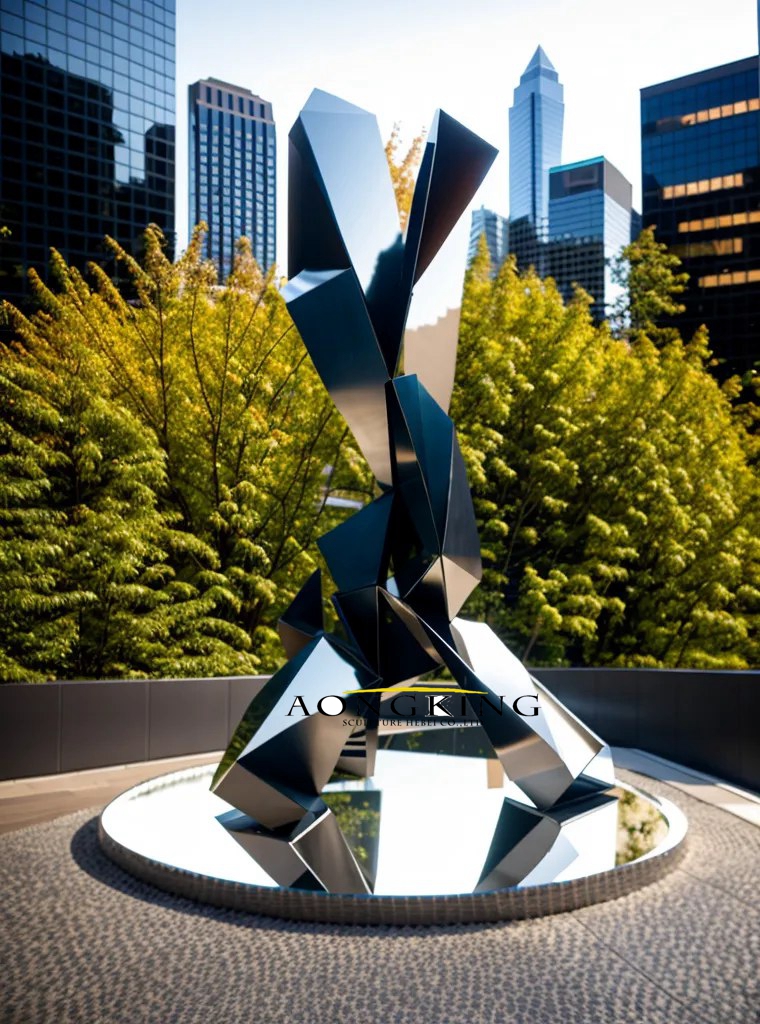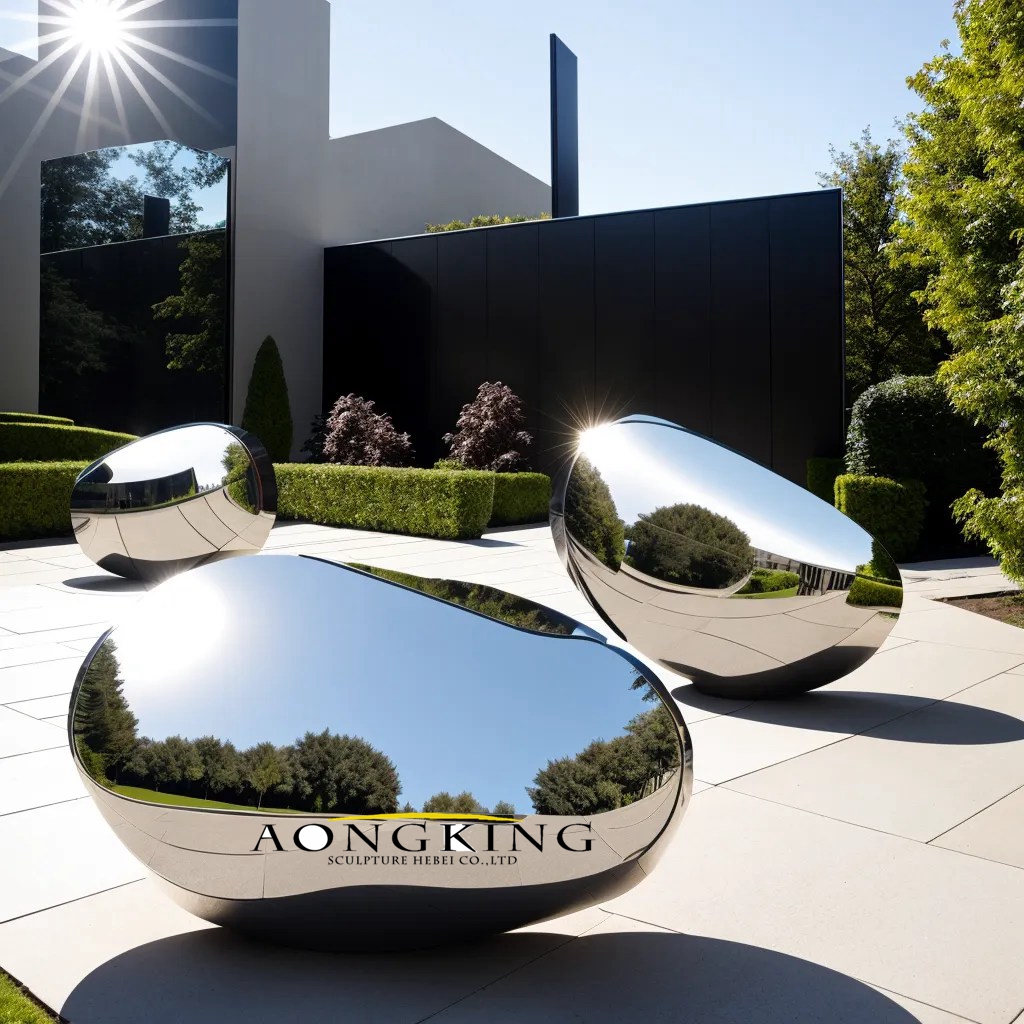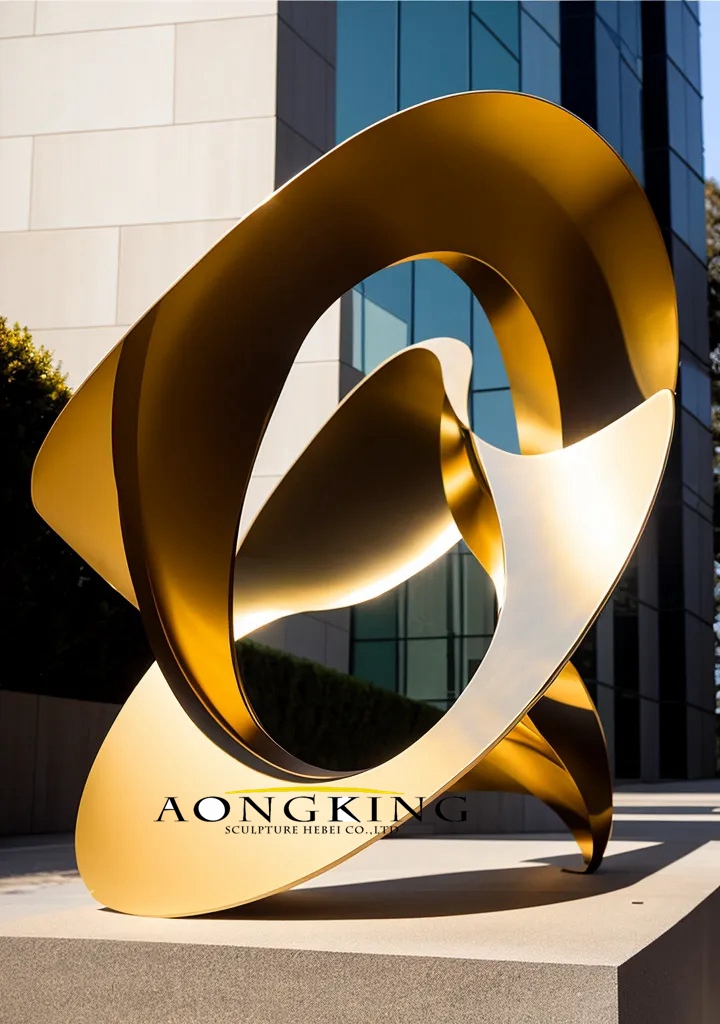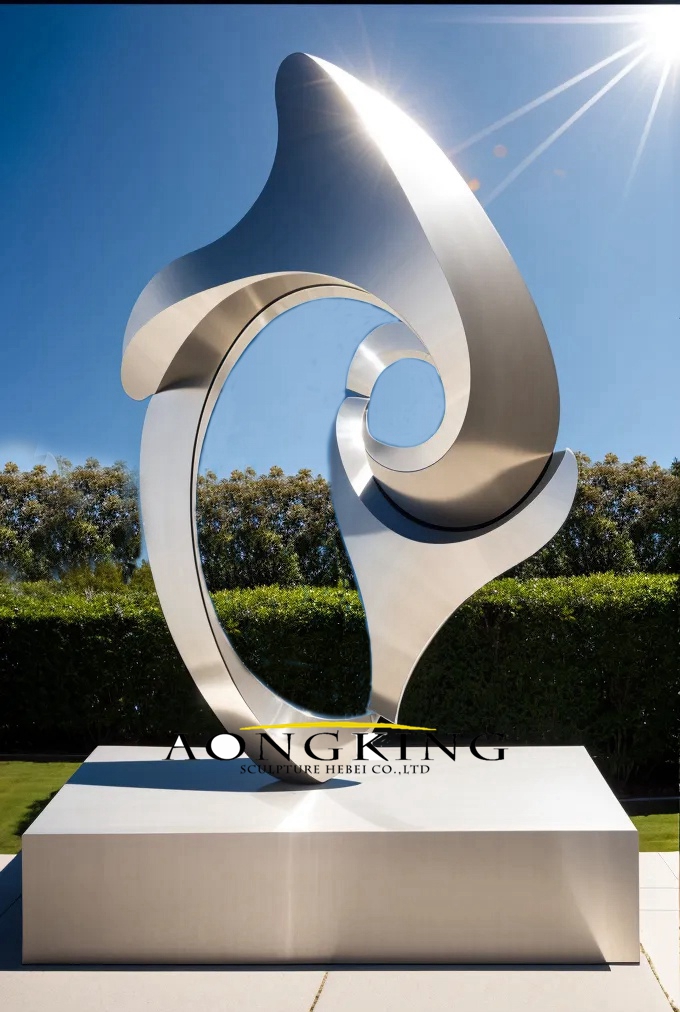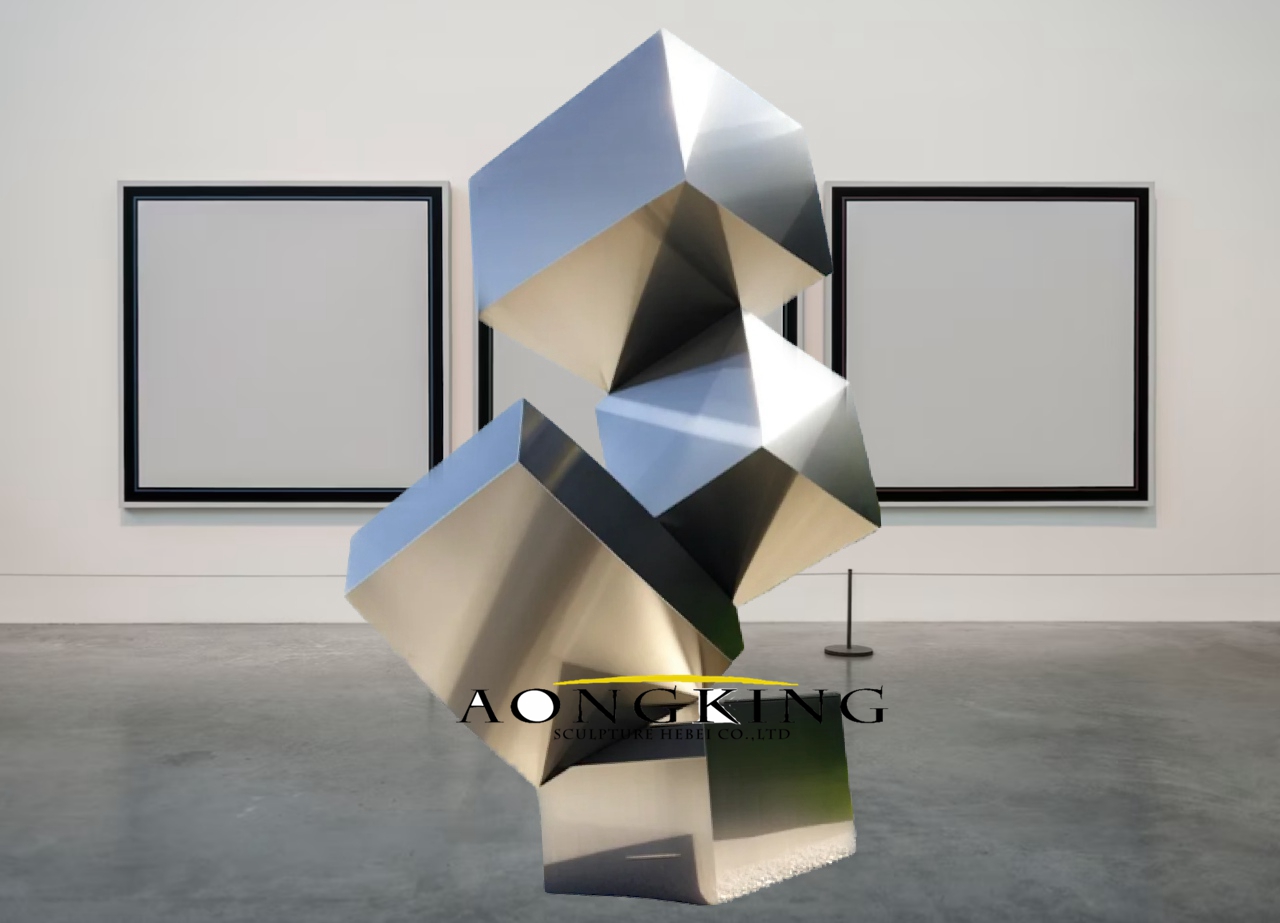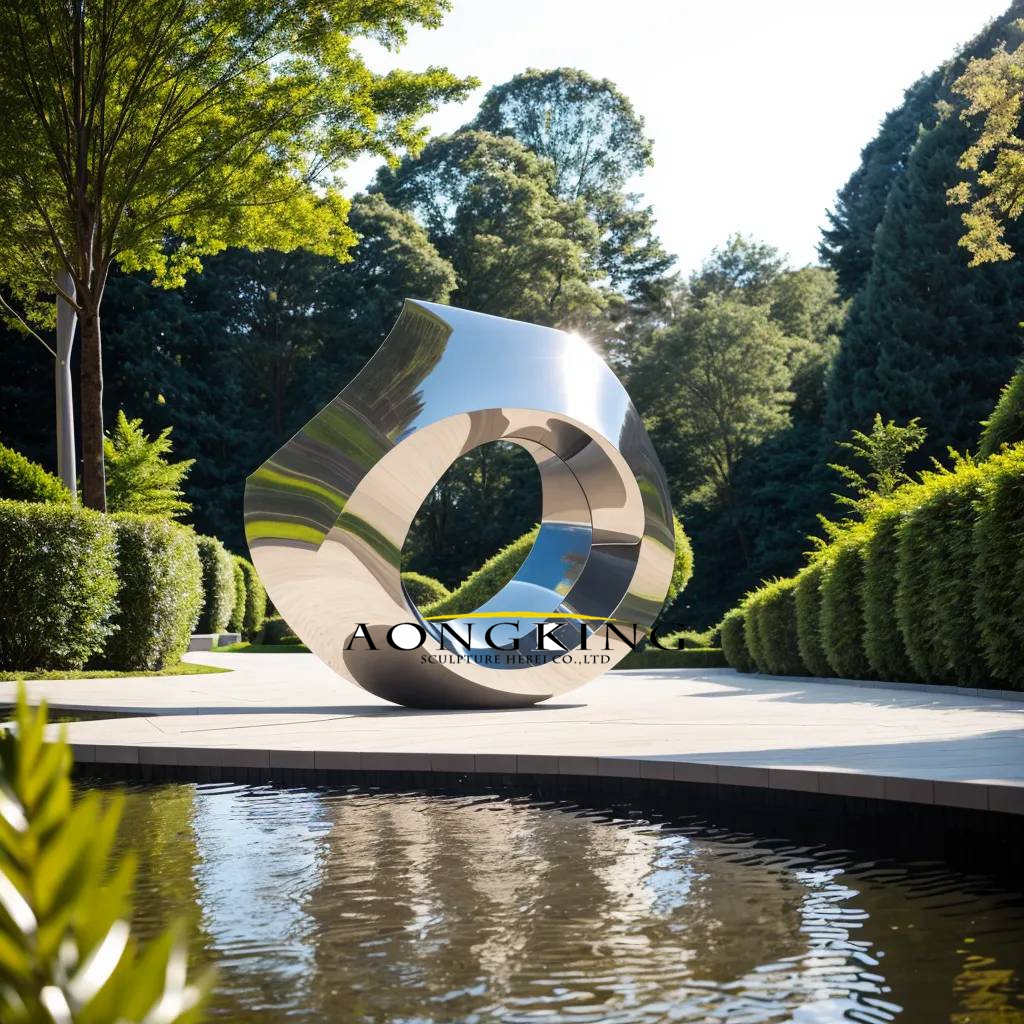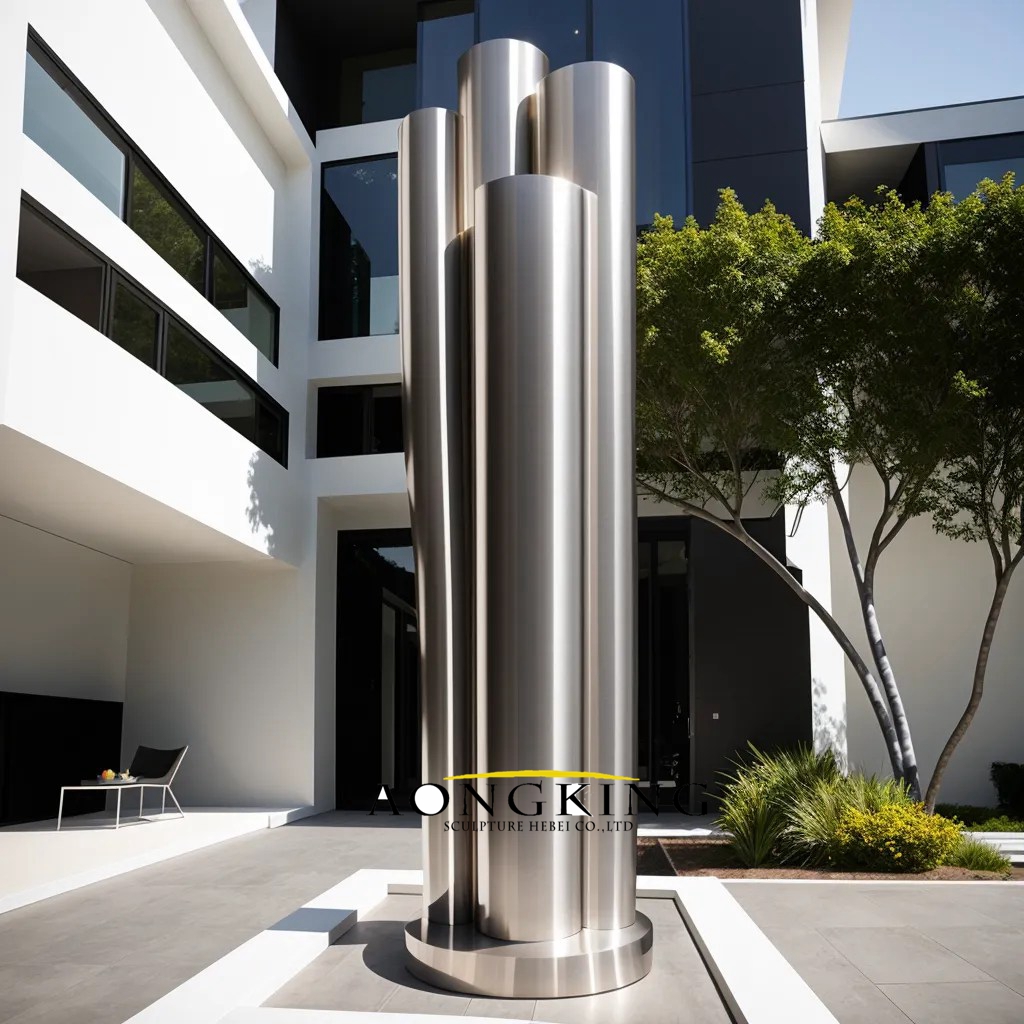
Aongking Sculptors began to make iconic works of art out of Abstract Art Sculpture. For the last 10+ years. Follow the world’s art trends. Aongking artists began to use steel as a medium in their work. Aongking Metal Stainless Steel Department set up a dedicated research and production stainless steel team. Stainless steel is quite ductile. And durable. It is also easy for stainless steel sculpture to become a major medium. To make Aongking stainless steel art sculpture more in line with public appreciation. Aongking Stainless Steel team has produced tens of thousands of wide works. Such as large city sculpture, polished steel art sculpture, abstract series sculpture, and so on.
Each piece of stainless steel art is a lifelike work. Aongking stainless steel abstract art sculpture geometric abstract sculpture is very popular, abstract outdoor sculpture can be placed in various environments, cities and gardens are full of beauty, abstract sculpture home decor shows modern style or abstract wire sculpture with mesh design. Let the viewer, as if placed in the quiet jungle, be relaxed and happy. Explore shapes, lines, colors, and textures to convey emotions, ideas, or concepts. Material sculptures: stainless steel abstract art sculpture, bronze abstract art sculptures, nature marble abstract art sculpture…Unlike figurative sculptures that aim to represent recognizable objects or figures, abstract sculptures often prioritize the expression of the artist’s vision and encourage viewers to interpret the piece in their unique way.

